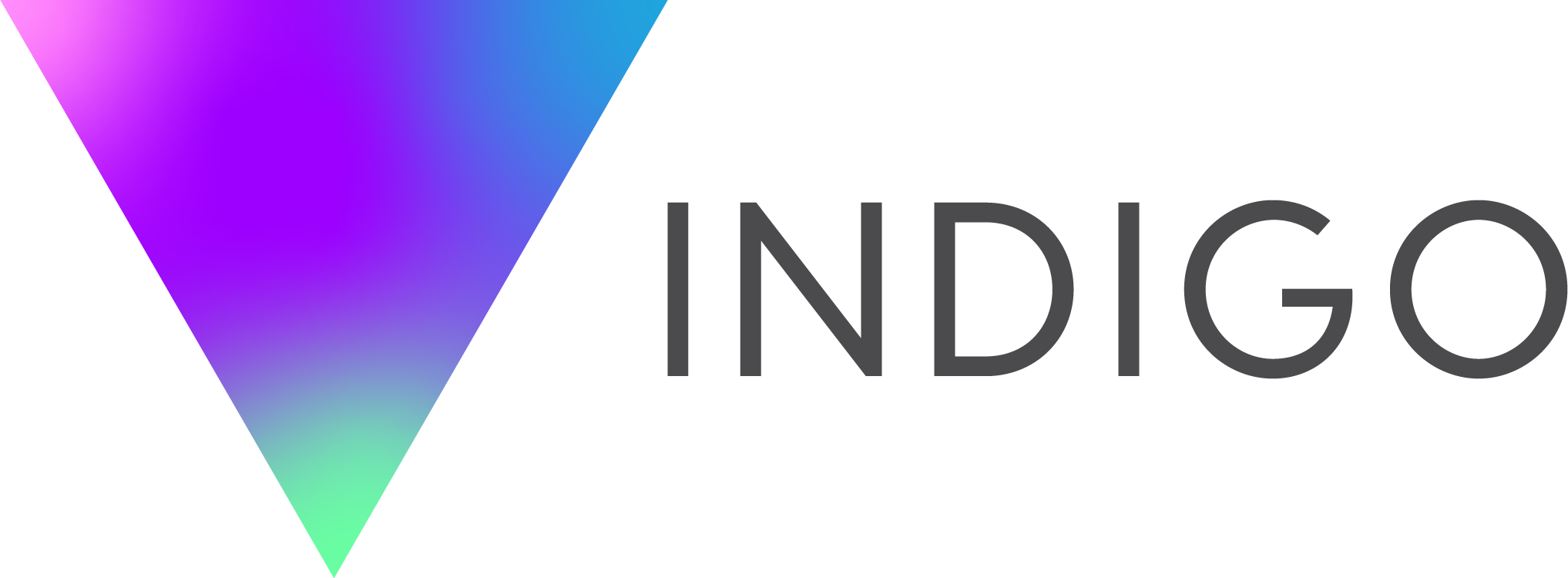Gold in Promotional Materials 2019
Silver in Branding 2019
Silver in Branding 2019
Silver in Branding 2019
Silver in Branding 2019
Artistic Evolution with Ellen Bruss and the Team of EBD
Owner and Creative Director of Ellen Bruss Design
by Christina Lauren | 02 Jun 2020



“If it ain’t scary, it ain’t good,” says Ellen Bruss, explaining that big challenges are always a little intimidating when it comes to web creation. The owner and Creative Director of EBD, a boutique design agency, explains the well-balanced approach behind her craft. Using a “pragmatic but highly creative approach, we specialize in real estate, retail and the intersections in between retail and mixed-use developments and the living spaces, stores, and products in them,” she says. Born in Cedarburg, Wisconsin, the historic town north of Milwaukee is known for its display of “classic old signage, antique stores, and historic homes,” says the EBD director, explaining—“I always loved the old typography from all of the eras--from the turn of the century through the 60s.”
Bruss knew from a young age that art was her calling, as becoming a designer was clearly in her blood. “I grew up doing every art and craft I could get my hands on,” she tells us, but it wasn’t until a "commercial art" class later in high school that eventually sealed the deal. Linking the past with the present is precisely what fuels the designer’s passion today, as artistic evolution has been the biggest influence on her way of thinking. Bruss explains: “I think that all of your past experiences, mistakes, and successes influence how you think at the moment. It feels to me that it evolves as you evolve.” As for contemporary influences, the artist has “been fortunate to have several visionaries in my life,” she says.



For example, “My husband, Mark Falcone is a very smart thinker around the human habitat and how we relate with each other. Adam Lerner, the former Director of MCA Denver and I had an amazing design collaboration building his museum brand. I got to work with David Adjaye on our house and the MCA buildings, and understand how he thinks. All of them are smart yet creative people who think very expansively. I think they all have both broadened the way I think about design,” says Bruss. External factors aside, the next step in the design process must come from within. To do so, “We start with understanding who we are marketing to, how they behave and what they want. [Next], we educate ourselves on the marketplace. Once we have the strategy in place, we start to think about design and pull images that represent the idea we are trying to communicate; [of course] there's always a layer of intuition on top of the strategy,” says the creator and founder of EBD.
Such steps clearly come with a great deal of pressure, and to stay sane under a deadline, organization is key. Bruss says: “I think if you are constantly looking at art and design-related things, you develop what I call an ‘internal filing cabinet’. When you need to be creative, you start going through the files in your head to unearth the right creative that meets the strategy. We also have a process of pulling photos, colors, type, architecture, art--seemingly unrelated things-- to get our juices flowing.” Also, staying informed on the latest in design can do wonders for inspiration, yet the Creative Director succeeds with a different approach. “I really try not to follow design trends, yet we like to stay current. Rather, I look to a lot of other areas of design--architecture, fashion, art--and watch how they are problem-solving in a contemporary way. I do read design, but I try not to get into an imitating trap and try at all times to be inventing on our own,” says Bruss.
Independent thinking can be problematic when a client’s own agenda threatens creative juices, yet the team of EBD handles criticism with tact. Bruss says: “I try to find out where [the critique] is coming from. We are great listeners, and our work shows that, so if something is off, there's usually something we don't know about the marketplace or another factor. Sometimes it is just that someone is having a bad day. If we get the feedback via email, I pick up the phone.” Oftentimes all that is needed for a client to understand the vision at hand is a little faith in the judgment of who they hired. Luckily, "We have a lot of experience in getting them to trust us, but we also feel strongly that they should feel listened too. We are problem solvers, and the more we listen, the more they trust us to know what is best,” says Bruss. Part of the challenge is what the owner of EBD admires most about her line of work. When it comes to enjoying the perks as well as the problems, she says— “Every day we get to think about a new problem in a new industry. And when we are done, we have made it simpler for the consumer to make choices. Being a visual communicator is sometimes hard because people don't understand what you do, but we are in every area of their day to day life.”
It’s not all work with no play for the owner of EBD, however. When asked about passions outside of the workplace, Bruss says: “I love contemporary art. Artists are the great thinkers of our time, they express how they feel in their art without a filter. I go to contemporary art museums, biennials, galleries around the world. I am very involved with the MCA Denver, serving on committees and the board.” Speaking of the world, it agrees on one thing: that we would love to see much more from EBD and their creative pursuits. Fortunately for us, we will, as the brand has many personal and professional goals for the future. “At EBD we continue to expand our reach and our clientele. We want to keep our standards high and find the right people to work with. I want to keep developing my team so they feel fulfilled as well as keep a great culture at EBD,” says Bruss.
Check out more about Bruss and the brains behind the enterprise at ebd.com or Instagram @ellenbrussdesign and Twitter @EBDstudio.
Check out more about Bruss and the brains behind the enterprise at ebd.com or Instagram @ellenbrussdesign and Twitter @EBDstudio.







